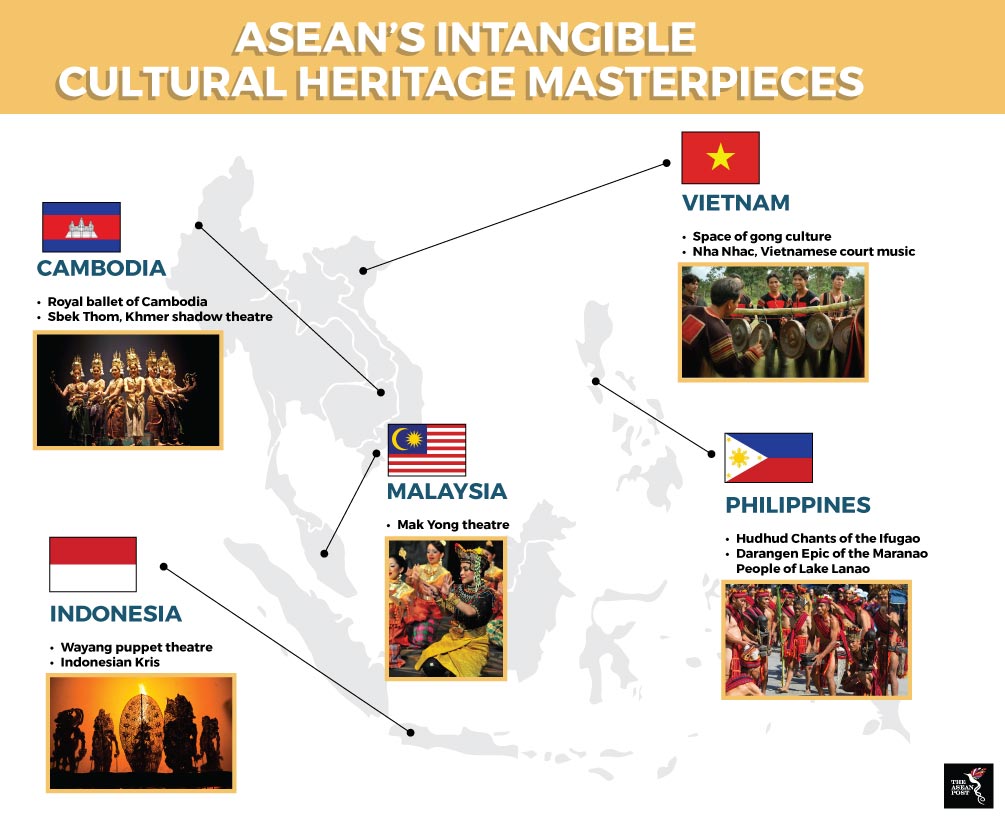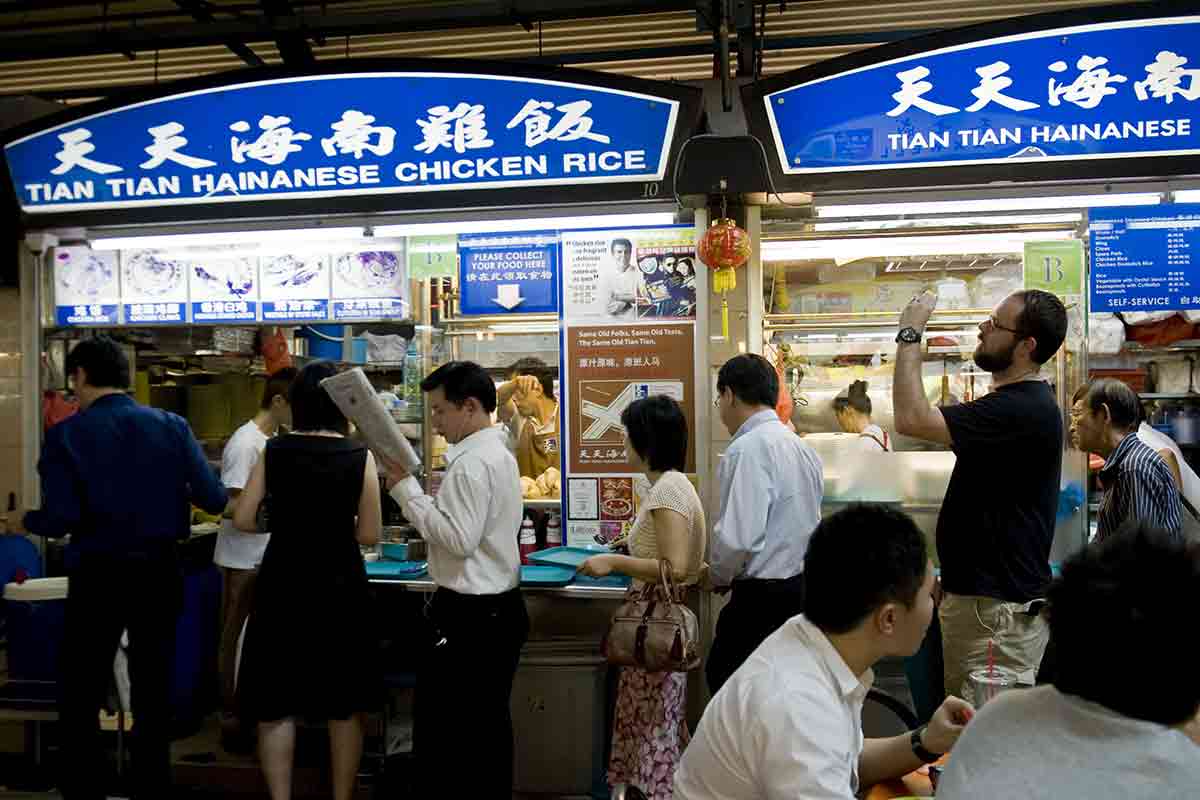Not content with listing its Botanic Gardens as a United Nations Educational, Scientific and Cultural Organization (UNESCO) World Heritage Site in 2015, the Singapore government is pushing for its ubiquitous hawker centres to be listed on UNESCO’s Representative List of the Intangible Cultural Heritage (ICH) of Humanity.
Its Prime Minister, Lee Hsien Loong announced at the National Day Rally that a committee will be formed in September to prepare and submit the hawker culture nomination to UNESCO by March next year.
UNESCO’s 2003 Convention for the Safeguarding of the Intangible Cultural Heritage is intended to recognise and protect important ICH which, unlike physical heritage sites, include oral and intangible practices.
A 24-member intergovernmental committee meets each year to evaluate applications for entry into its lists. The committee maintains and publishes three lists: List of ICH in Need of Urgent Safeguarding Measures; a register of best safeguarding practices; and a Representative List of the ICH of Humanity.
In 2005, UNESCO published a one-off proclamation of 90 Masterpieces of the Oral and Intangible Heritage of Humanity. Nine of these masterpieces can be found in ASEAN.
Cambodia’s royal ballet and Sbek Thom shadow theatre; Indonesia’s Wayang puppet theatre and Kris; Malaysia’s Mak Yong theatre; the Philippines’ Hudhud Chants of the Ifugao and Darangen Epic of the Maranao People of Lake Lanao; and Vietnam’s space of gong culture and Nha Nhac court music, are on this masterpiece shortlist.
 Source: UNESCO
Source: UNESCO
With the exception of Brunei, Singapore and Thailand, ASEAN member nations boast of 27 elements or entries on the Representative List.
Vietnam’s earliest recorded history began in 2879 BC with the Hồng Bàng dynasty. The cultural practices developed over time earned it 11 entries on the list. Indonesia, with a rich history of ancient empires, has nine entries.
A relatively young Singapore is determined not to be left out. Having Singapore’s hawker culture on the Representative List will help “safeguard and promote this unique culture for future generations,” said Prime Minister Lee. “It will also let the rest of the world know about our local food and multicultural heritage.”
Describing hawker culture as a “cultural institution” that is part of Singapore’s identity and heritage, Lee called hawker centres “community dining rooms” where Singaporeans of all races, faiths and income groups come and eat together.
Hawker culture is not just about food, said Grace Fu, Minister for Culture, Community and Youth in a statement. “It is about our hawker centres, being social and community spaces for people from all walks of life, our hawker food heritage and the people behind the food.”
Singapore is proud of its hawker centres as two of them were awarded one-star rating by the Michelin Red Guide, the oldest European hotel and restaurant reference guide.
The selection of hawker culture was made after a series of public engagements and focus group discussions. Singapore is also compiling a list of its own ICH with the help of local communities, academics and experts. Its first list comprising 50 cultural elements include hawker culture, Malay weddings, Indian classical dance and Xinyao songs.
The rise of Singapore’s hawker culture is followed by a decline in home cooking and cooking skills. Unless a household cooks for three or more people, it is cheaper and more convenient to eat at a hawker centre. A 2010 survey by Singapore’s Health Promotion Board found that 60 percent of Singaporeans eat out at least four times a week, up from 49 percent in 2004. A survey by the Ministry of the Environment and Water Resources (MEWR) in 2015 found that almost three-quarters of the respondents visited a hawker centre at least once a week.
As fewer Singaporeans cook, traditional home culinary skills are in danger of fading away. Ironically, even the hawker trade may vanish as younger Singaporeans lack the skill to join the aging trade where the median age is 59 years.
MEWR established a committee on Hawker Centre 3.0 to study ways of improving hawker centres. Its list of recommendations includes providing training and career pathways to join the profession.
To qualify for the UNESCO ICH listing, Singapore cannot import foreign workers to run the trade. Unless the government succeeds in attracting a younger generation to pick it up, Singapore’s hawker culture may soon join the List of Urgent Safeguarding Measures instead.
